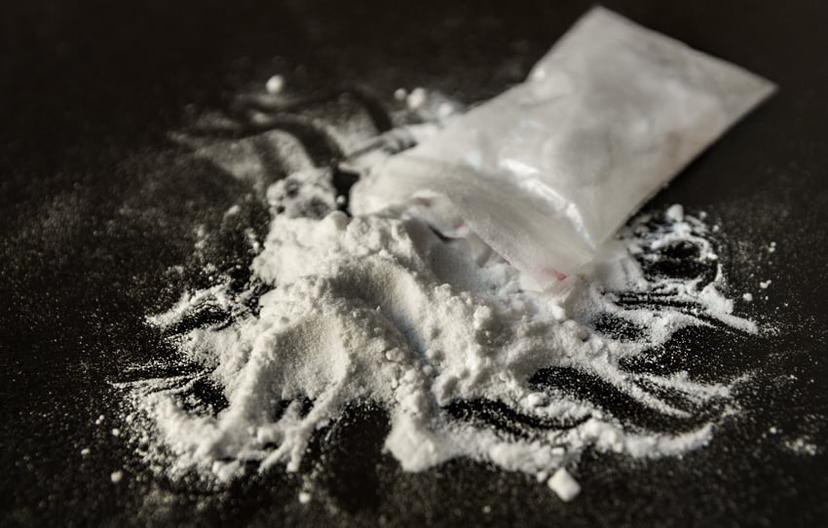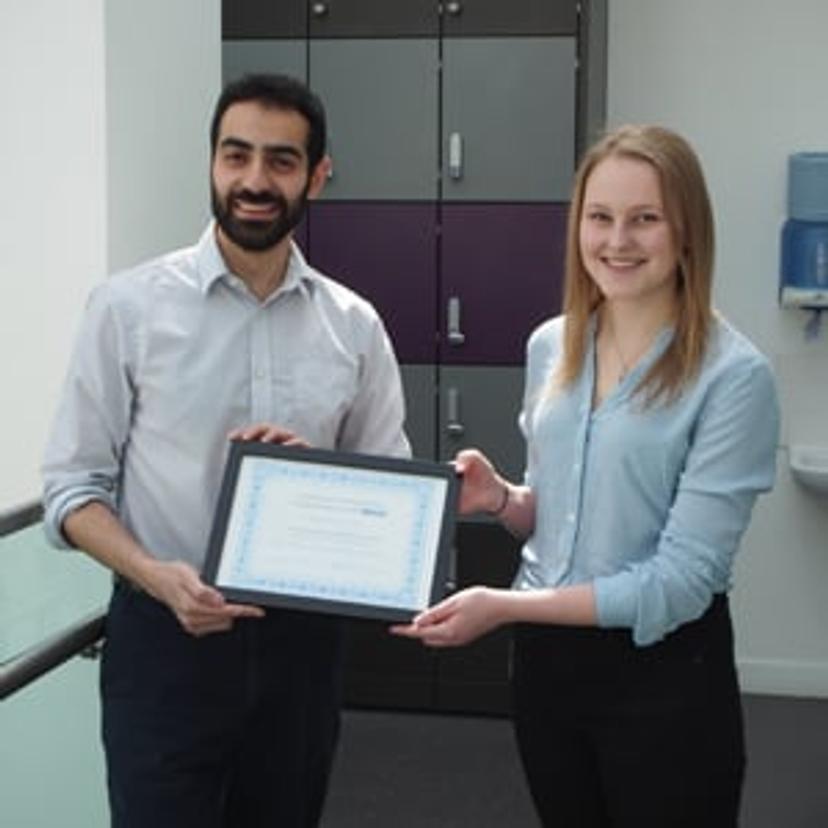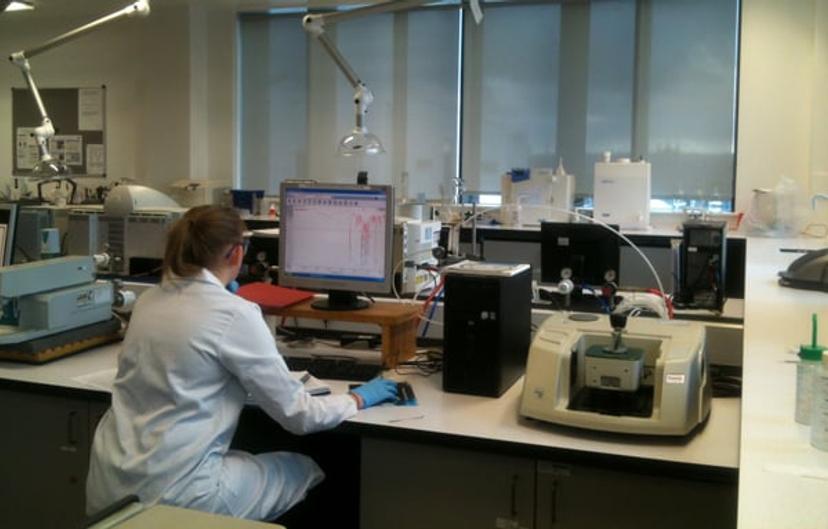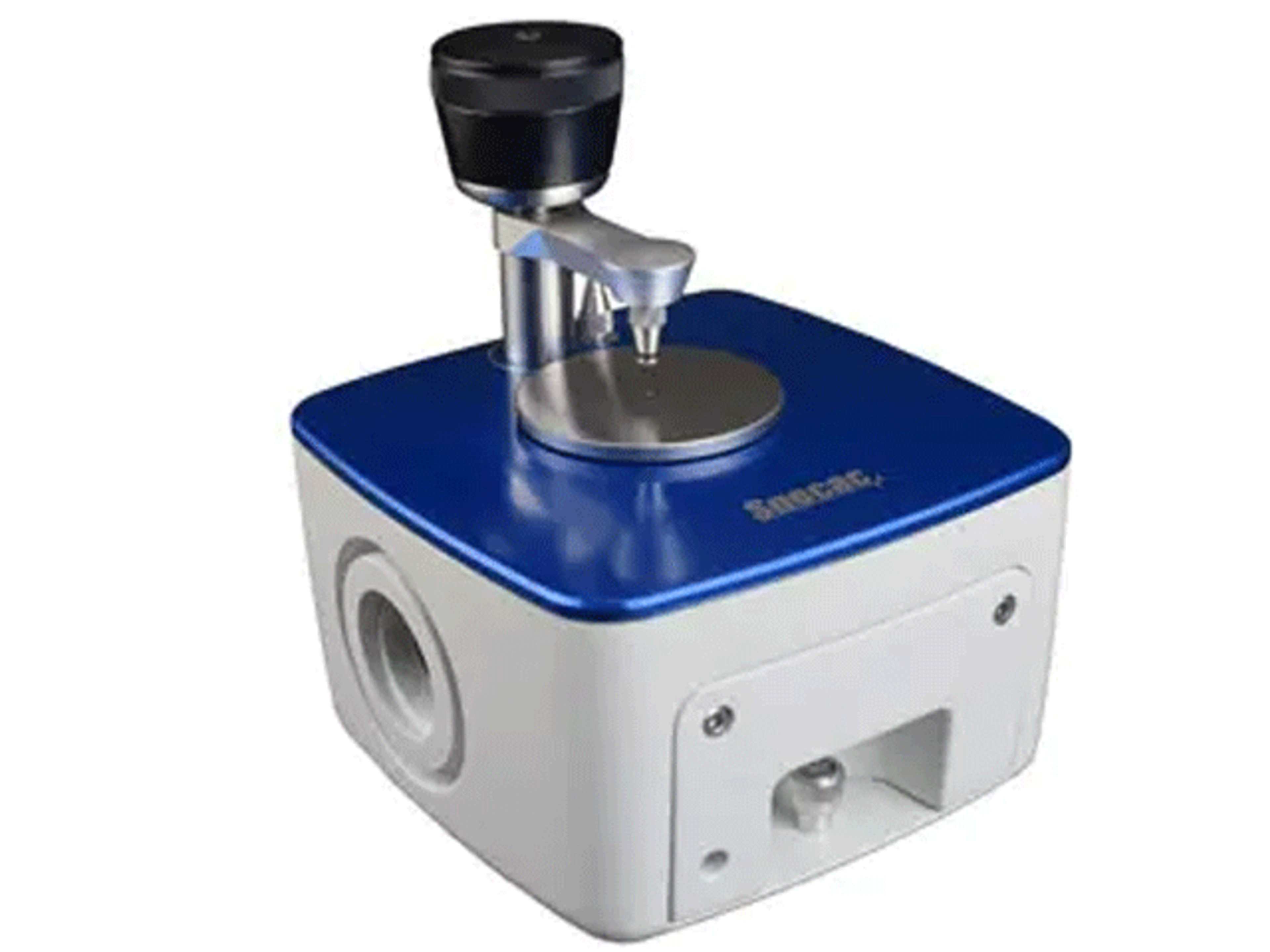Tackling the Unknown: Finding New Methods for Presumptive Drug Testing
Current presumptive tests for new psychoactive drugs are limited. Hear how one student is thinking outside of the box to develop an innovative new methodology for mephedrone identification
13 Jun 2017


If you heard the terms MCAT, White Magic or meow meow, in relation to an illegal drug, you may be forgiven for not knowing exactly which drug was being referred to. The name, however, is not the only point of confusion. Mephedrone is a powerful synthetic stimulant that is derived from cathinone and has similar effects to amphetamines. Currently, there are no reliable presumptive tests available for mephedrone that are utilized by UK police and, to complicate the matter further, the compound is a non-descript white powder, like many other drugs, making it hard for police and officials to identify it in the field. SelectScience® speaks to Mia Abbott, a student at Staffordshire University, UK, to learn about her creative efforts to develop an effective new presumptive test methodology for mephedrone.
Having just finished the third year of her MSci in Forensic Science, Mia Jane Abbott has dedicated the past six months to researching a novel method for the presumptive drug identification of mephedrone as part of her dissertation. The inspiration for her project grew from the increased media attention surrounding the drug in recent years and the fact that the Home Office does not currently have an effective presumptive method in use. “New psychoactive substances and, in particular, mephedrone are a huge problem,” remarks Mia. Her interest in the area was also fostered whilst working in partnership with Staffordshire Police, who emphasized the need for a new identification method for mephedrone as they commonly seize the drug but have no method to test it, resulting in slow identification times.
Presumptive tests are designed as a first port of call, and, whilst not 100% accurate, they act as an indicator of the presence of an illegal drug through a simple color change reaction. Mia explains that the tests work by interacting with functional groups present within the target drug. If the drug is present, the reagent will react with the functional group, producing a color agent. She highlights speed and portability as the major advantages, enabling law enforcement officials to conduct fast identification outside the lab.
Old tests, new methodology
To perform her experiment, Mia enlisted the support of Staffordshire Police, who supplied her with a range of seized drugs obtained from the amnesty bin at V Festival, an annual music festival held in Chelmsford and South Staffordshire, UK. Mia notes that the 12 samples included a range of white powders that were visibly undifferentiable. She explains that the goal was not to create a completely new test, but, instead, to use multiple preexisting presumptive tests to develop a new multistage method. Mia comments that, whilst not being a revolutionary new reaction, the new methodology would enable police officers to identify mephedrone using tests and resources that are already available to them. This would allow for fast implementation of the methodology and would not involve costly new equipment or resources. After performing the new presumptive test methodology on all the samples, and with ten repeats, Mia observed no indication that mephedrone was present.
Confirmation
As the results of presumptive tests are not definitive, Mia explains how confirmatory tests are generally required to provide more accurate identification of the drugs present. To confirm the results of her presumptive testing, she employed GC-MS and Fourier transform infrared (FTIR) spectroscopy to separate the samples’ components for accurate identification of their constituents. Through use of these methods, Mia revealed that, of the 12 samples, none were mephedrone, thus confirming the results of her presumptive method. To her surprise, all of the samples turned out to be either ketamine or cocaine, exemplifying how difficult it is to identify the drugs without comprehensive testing.
Her experiment also served as a comparison between the two confirmatory tests. Mia highlights how the separative nature of GC-MS enabled her to identify some of the cutting agents by analyzing the different peaks within the samples. In contrast, the FTIR only picked up the main constituent parts within the samples but was much quicker. “Being able to use both was brilliant. I like FTIR because it was fast, and GC-MS because it was more thorough at getting the breakdown of the sample,” says Mia.
For the FTIR portion of the analyses, Mia describes how she used the Thermo Nicolet 380 FTIR with the Specac Quest ATR Accessory. The speed of the FTIR analysis was a particular highlight for Mia, who comments: “The ATR was brilliant for the fact that it didn’t require sample preparation, which was a major advantage over the GC-MS. As I had limited amounts of each sample, it meant that I could prioritize the FTIR and retrieve the sample from it for reuse, unlike the GC-MS, where, once it was dissolved in the methanol, it was hard to retrieve it again.” FTIR is a versatile tool and she tell us that other students within the department are utilizing it for a variety of applications, such as the analysis of blood and tire rubber.

What lies next
After the promising results so far, Mia has plenty of follow-up research work on the horizon. With another year left of the course, she explains that she would like to solidify her methodology and uncover just how sensitive the presumptive and confirmatory tests are. Further to this, she hopes to expand on the research by applying known amounts of cutting agents into the mixes to see how accurate the techniques are. Mia’s research offers an innovative new way to tackle mephedrone identification, which she hopes could drastically improve the way police and other authorities are equipped to deal with new psychoactive drugs. Once she has confirmed the presumptive testing method’s validity, she aims to get Home Office approval so that the test can begin to be utilized by police officials.

